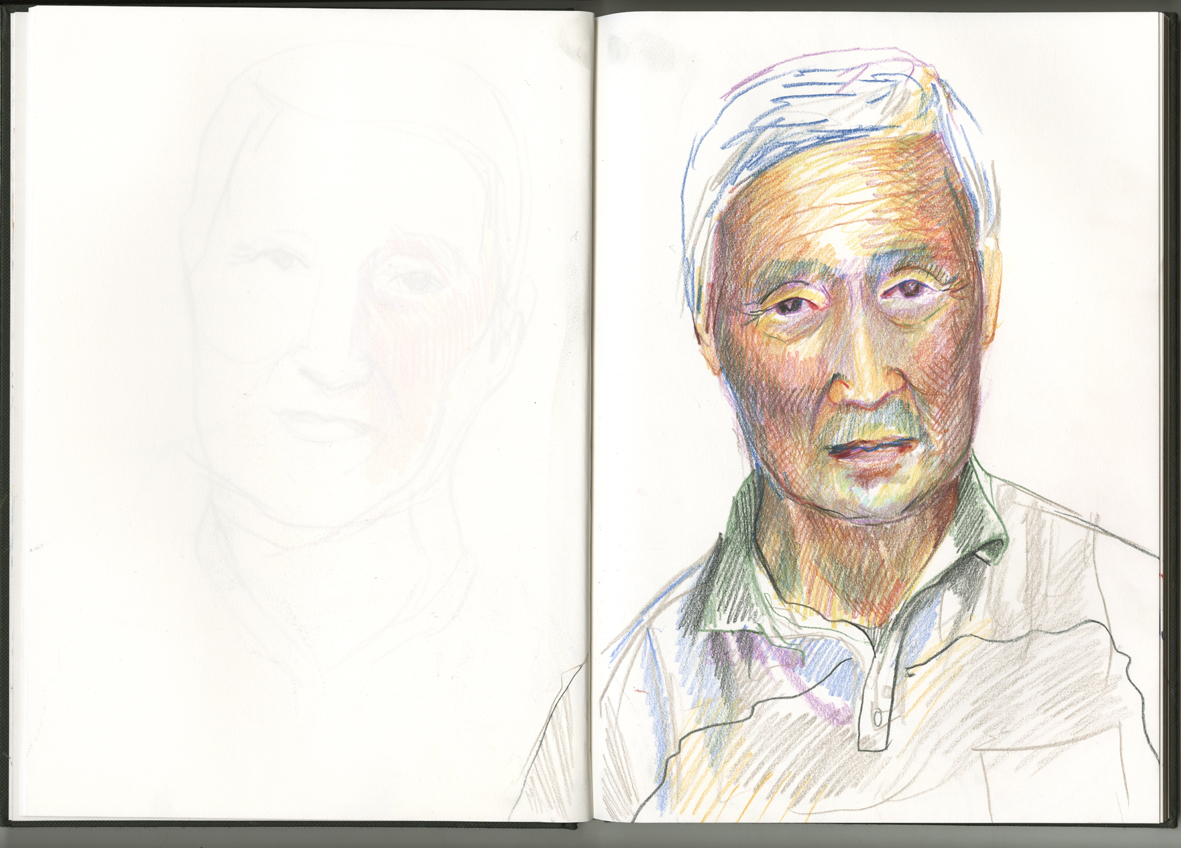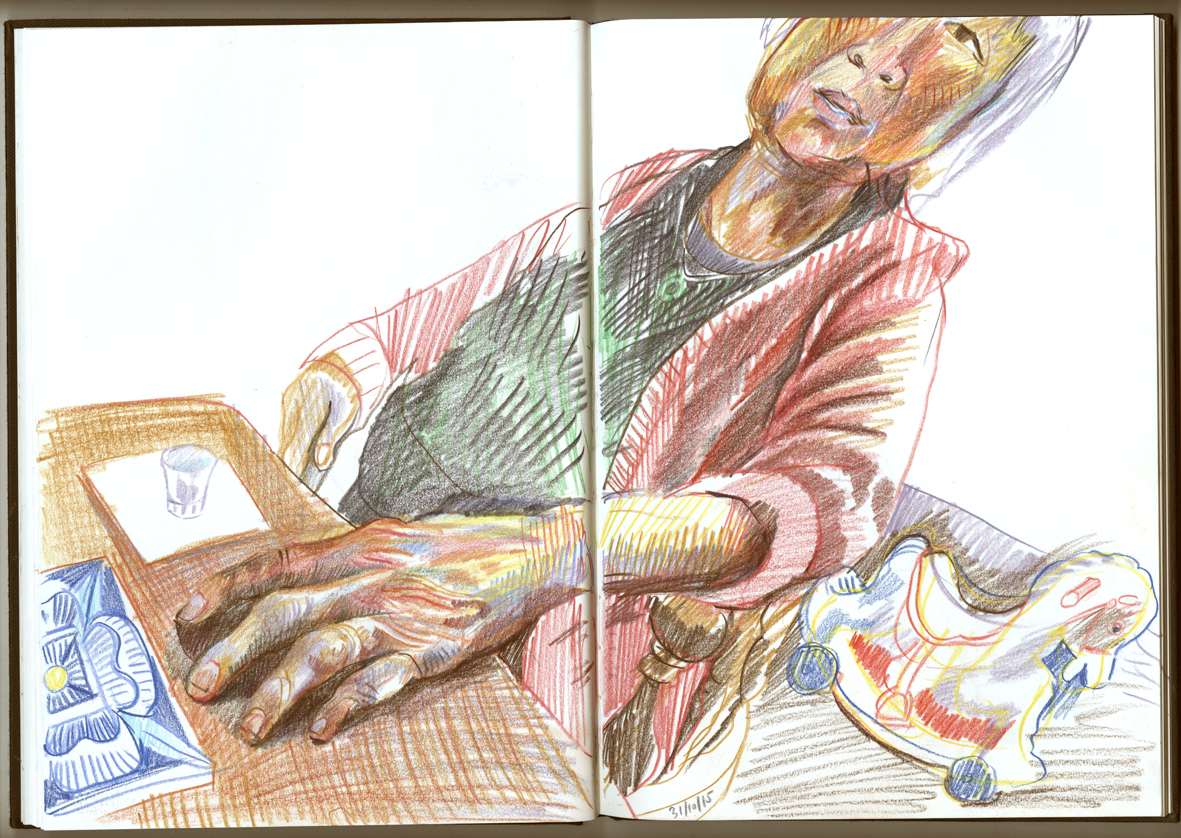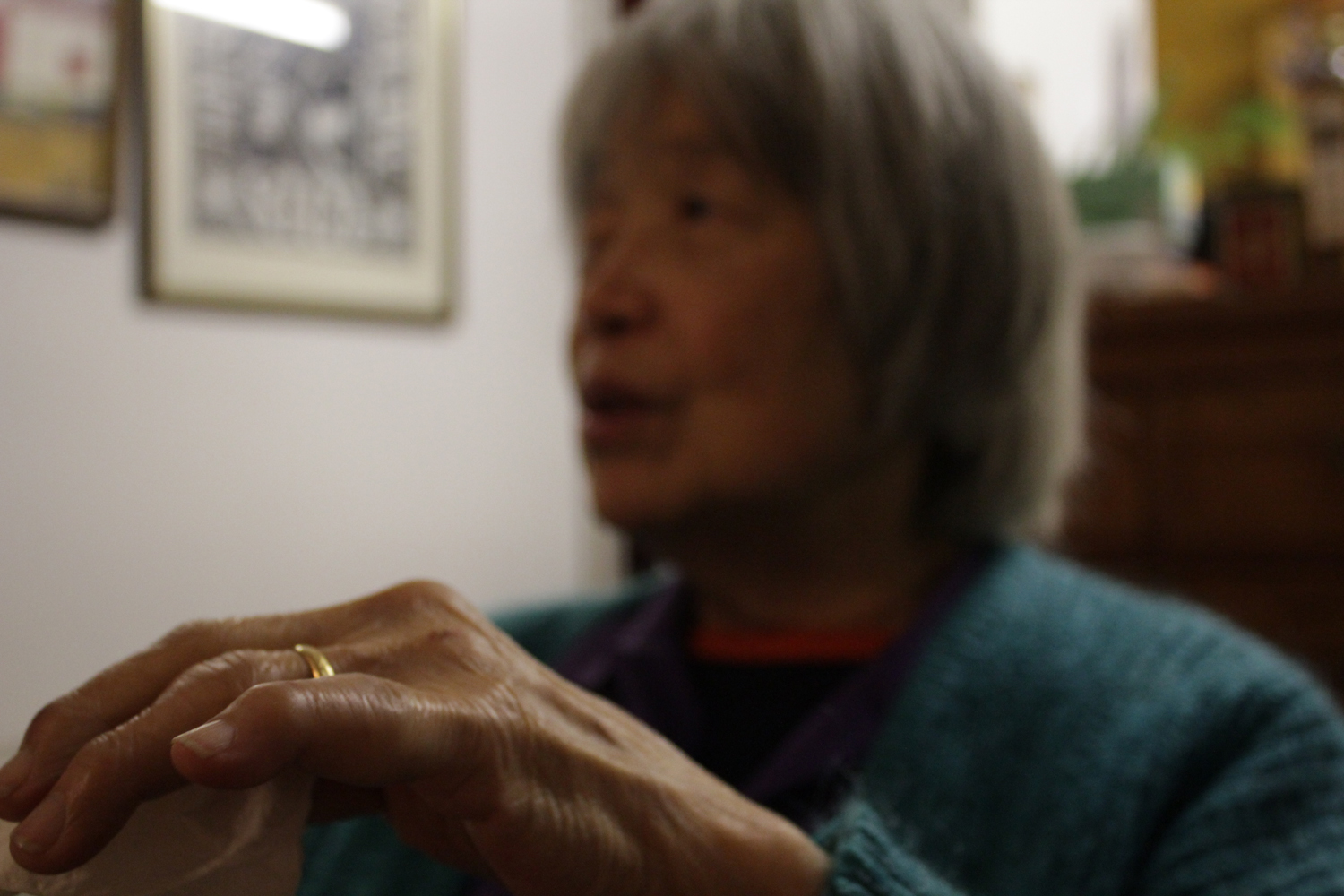Last Sunday I was invited to give a talk at the Association for Group and Individual Psychotherapy in London, which got me thinking about the nature of the image, and how it can play an active role in life and society…
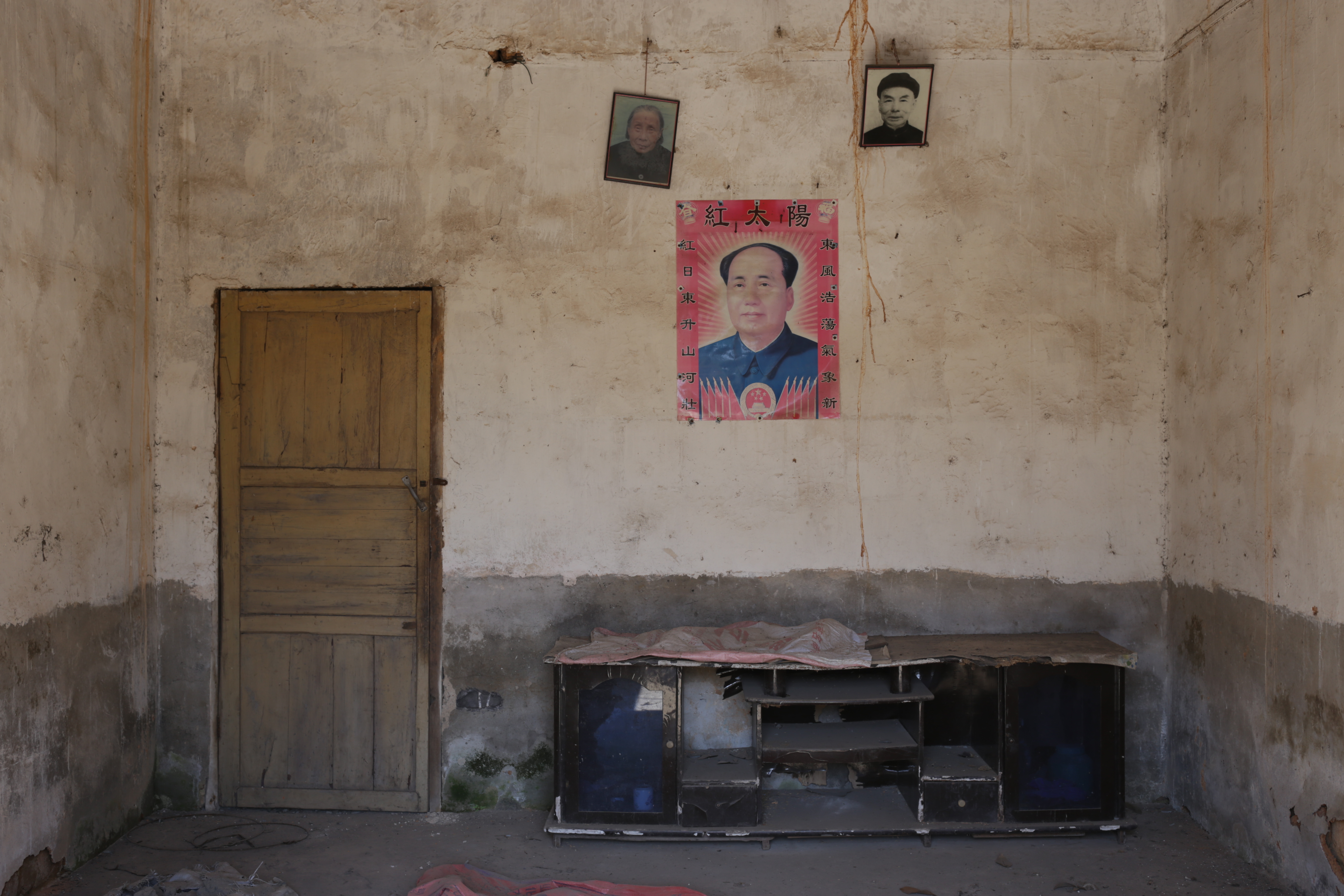
Farmhouse in Changsha, 2015. Photo by Wuon-Gean Ho
When I was thinking about how images are seen by the viewer, I realized that the intensity of looking long and hard at a print could amount to some sort of love or devotion. Rural homes in China may lack surface pattern and decoration, yet many have a framed picture of Mao on the wall. Set up high against the ceiling, the face is instantly recognizable, yet because his eyes are facing a vantage point that cannot be met, there is an inscrutability to his gaze. I imagine generations of people living in the household being constantly aware of the presence of Mao, represented by a bit of ink on a piece of paper. The situation is probably similar with other households across the world that include an image of a religious figure, for example, such as Jesus or Mary: images which brought the impossible/ incredibly important/ into the home/ humble daily life.
The intensity of the transformation of the printed image into an object of power and authority shows us how prints on paper can be transformed into an icon with the look of love, or the loving gaze. Importantly, the figure depicted usually does not return the look of love, allowing the loving contemplation to continue. The viewer can fantasize about the thoughts of the viewed and start to imagine a relationship.
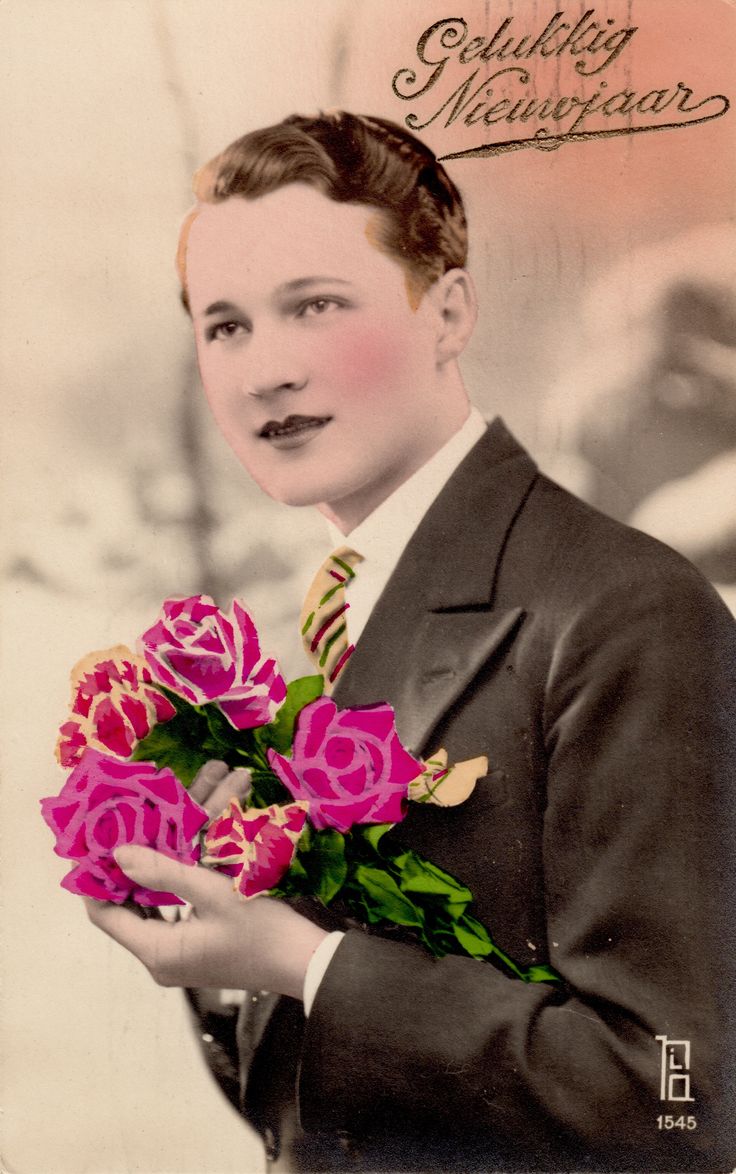
Vintage Postcard from Pinterest, unknown source
In a practical way, relationships have started and flourished as a result of the trade of images. Joan Fontcuberta, the photographer, writes in his book, Pandora’s Camera, of how his father met his mother. It was the custom in Spain in the early 20C for young men to have a photo printed of themselves to send to girls that they fancied. Fontcuberta says that his father’s photo was a winner, a dreamy Hollywood rendition of a handsome young man. Her mother would have had the chance to look at him without the fear of meeting the real person, and begin to idolize the image, and imagine a relationship developing. Her gaze could have caressed his cheek and traced the outline of his jaw, smoothed the unruly eyebrows… When she did eventually have a chance to get to know him better, there was already an amount of affection in the mix.
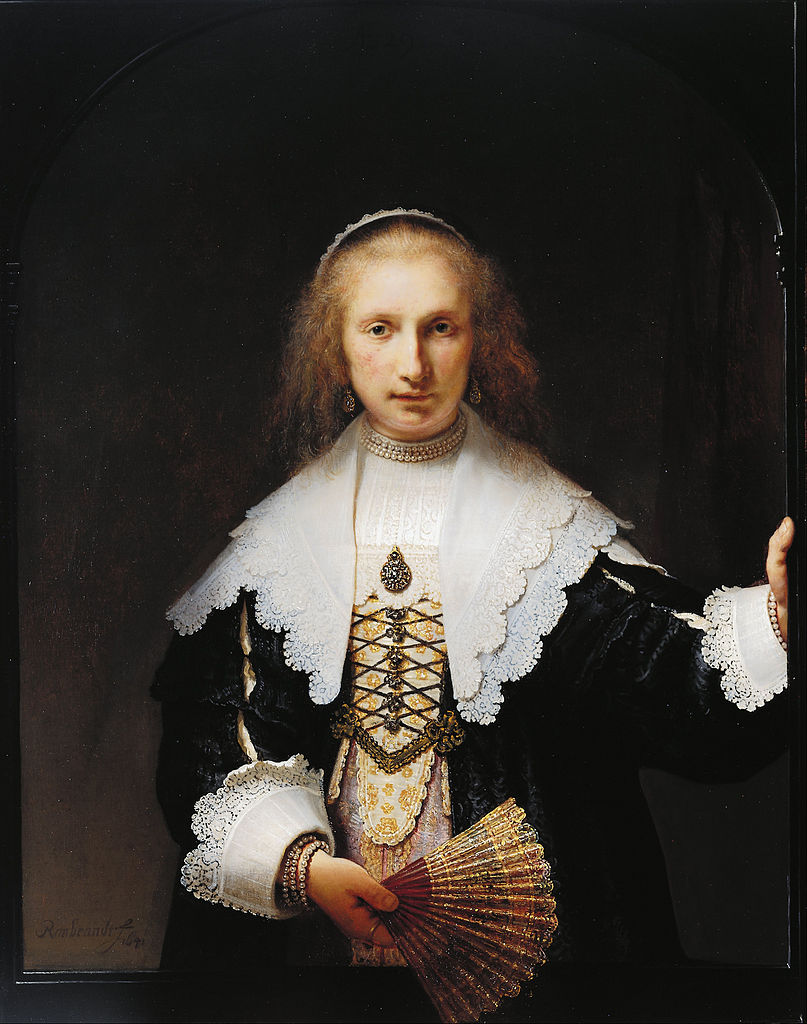
Agatha Bas (1641) by Rembrandt van Rijn
Then that got me thinking to how often lovers have depicted their loved ones. One only has to think of Rembrandt and Reubens, Freud, Picasso, Dali, Hockney and Bacon to think of how artists have taken the opportunity to caress the flesh and illuminate the skin of their loved ones. The movement of paint on canvas with a brush is like the application of cream to skin, like the grooming of fur, like the licking of lips. Look at Renoir’s flickering depiction of light and shadow on skin of his nude female models. Hockney’s clear depiction of the angle of the neck, the incised outline of the pencil mark must have reverberated in his mind as a virtual tracing of the muscles and shape of the body. It’s not just a mechanical rendition of muscle and form, it’s an involved description of what is there in front of him.
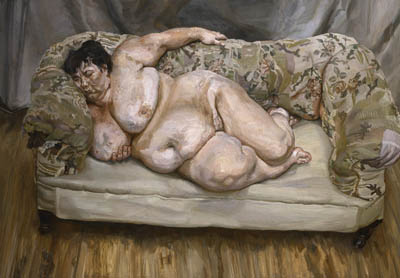
Benefits Supervisor Sleeping (1995) by Lucian Freud
The intense gaze of the artist deconstructs and reconstructs the figure, making the portrayal of the subject a sort of intense familiarization. I wonder if the act of portrayal might also cause the artist to fall in love with the subject. I also wonder if the portrayal of a fragmented/ split/grotesque individual might result in contempt in the artist for the sitter. It certainly seems to me that Lucian Freud had much contempt for his portrayal of a benefits worker, not only does his gaze look down on the body, sprawled in an ungainly way on the sofa, but also that his treatment of the folds of flesh is reverberating with repugnance.
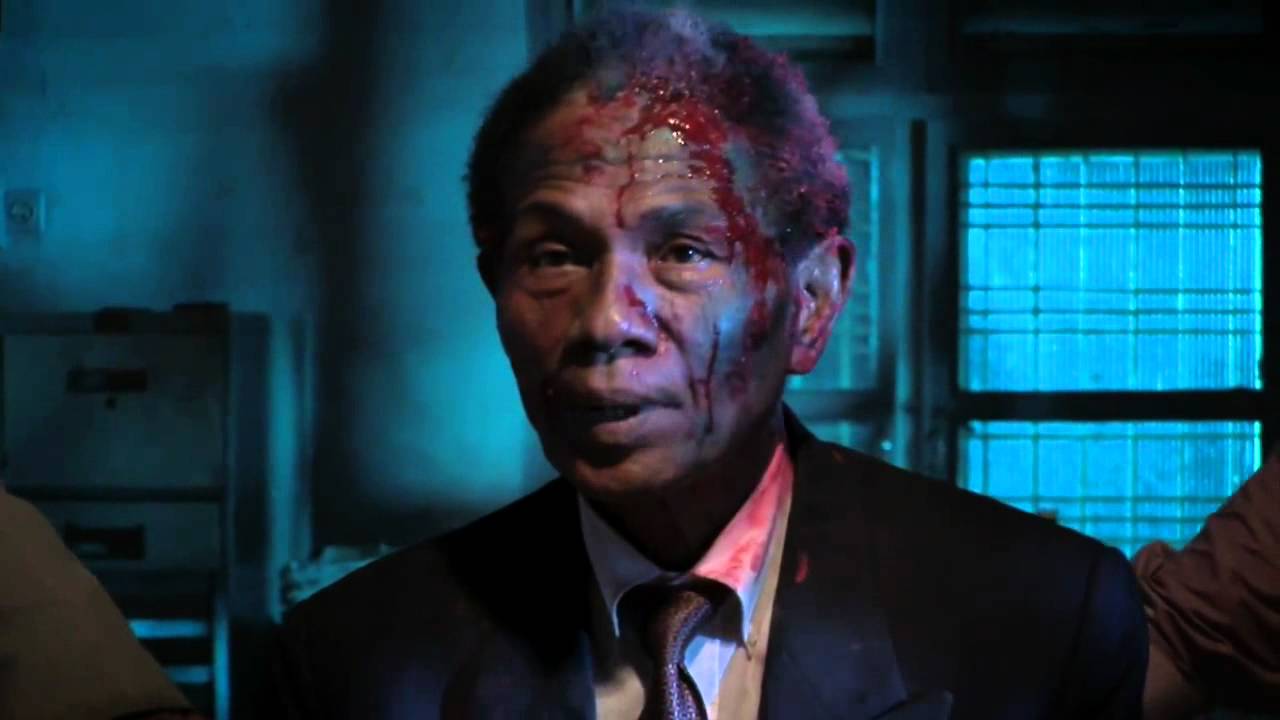
Film Still of Anwar Congo from The Act of Killing (2013) by Joshua Oppenheimer
Truly repugnant individuals have been portrayed in surprisingly sensitive and loving ways. In Joshua Oppenheimer’s film The Act of Killing, the camera spends a long time lingering and looking at the chief protagonist, serial killer Anwar Congo, as he recounts his exploits during the Indonesian massacres in 1965-66. Unlovable from his actions and his behaviour, the long intense gaze of the camera, that does not seem to blink or become diverted by other issues, allows the viewers to develop some sort of connection and ultimately try for a connection or a kind of empathy.
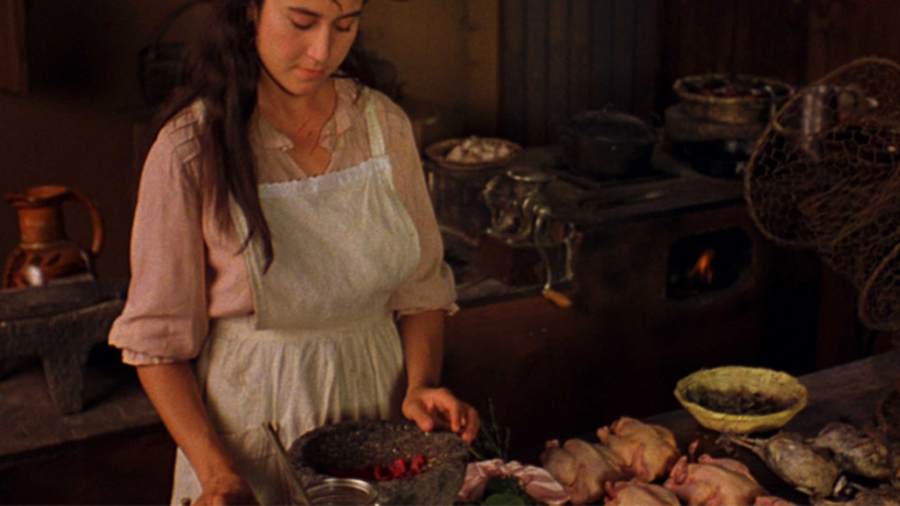
Film Still from Like Water for Chocolate (1992) directed by Alfonso Arau
But why am I telling you about this? I don’t make anything like this at all! I wanted to talk about an aspect of image making that is to do with the casting of spells. The creation of a print does involve a certain amount of time and energy in its formation. During that time, the artist can invest hopes, dreams and prayers in the fabric of the ink. In the film, Like Water for Chocolate (1992) the youngest daughter, Tita is forbidden to marry her true love, Pedro, who is offered the hand in marriage of the middle sister instead, which he accepts so he can be close to Tita. When Tita is making the cake for the wedding, she cries into the batter; and as the cake is consumed by the guests, they are all overcome with sadness and sickness and grief.
I wonder whether the printed image could be a repository of hopes and desires, and perhaps even convey the thoughts and emotions of the maker which were experienced while the image was being made.
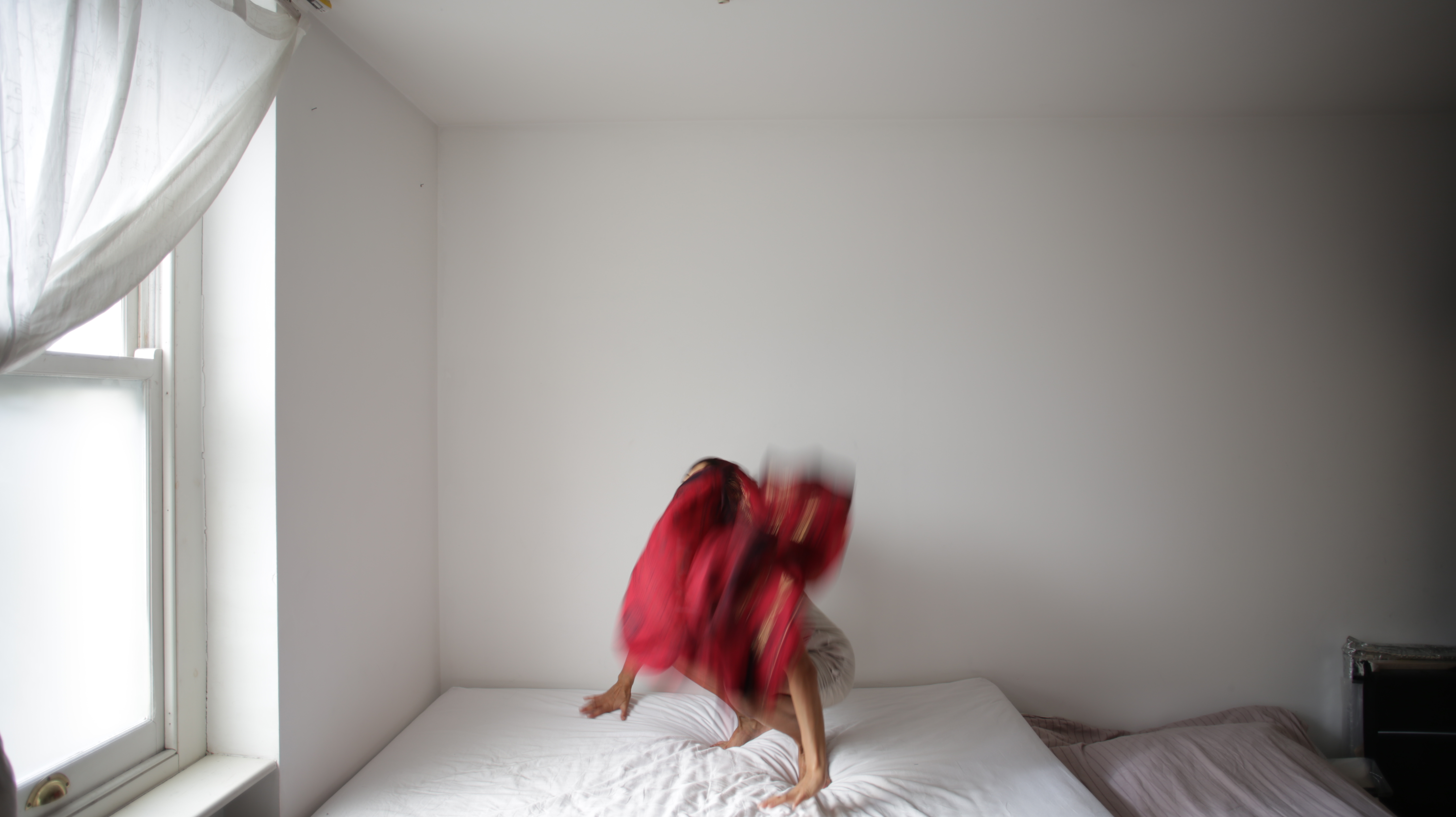
Scarf Blur (2014) by Wuon-Gean Ho. Photograph and performance.
Whether this is because the paper retains the energy of the making process, or whether the energy of the shape and lines is able to convey this mysterious message to the viewer is something I’m still looking into…












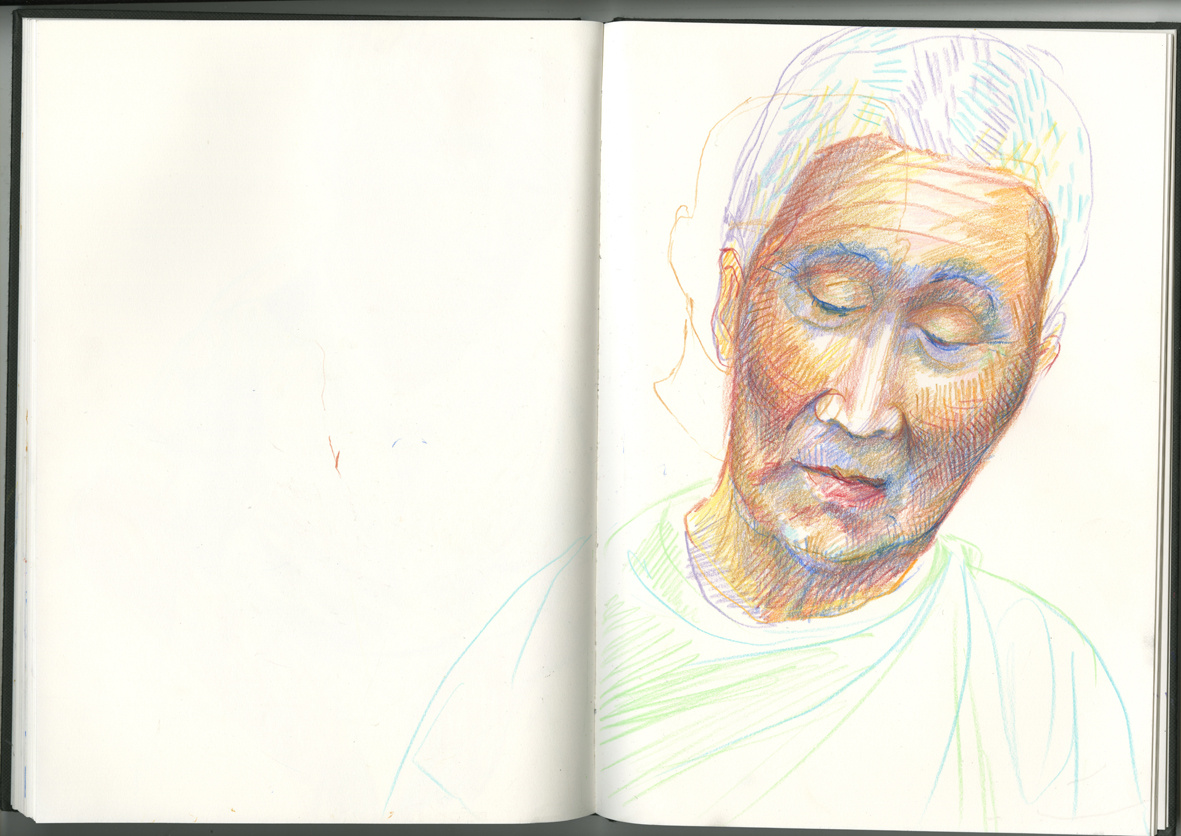
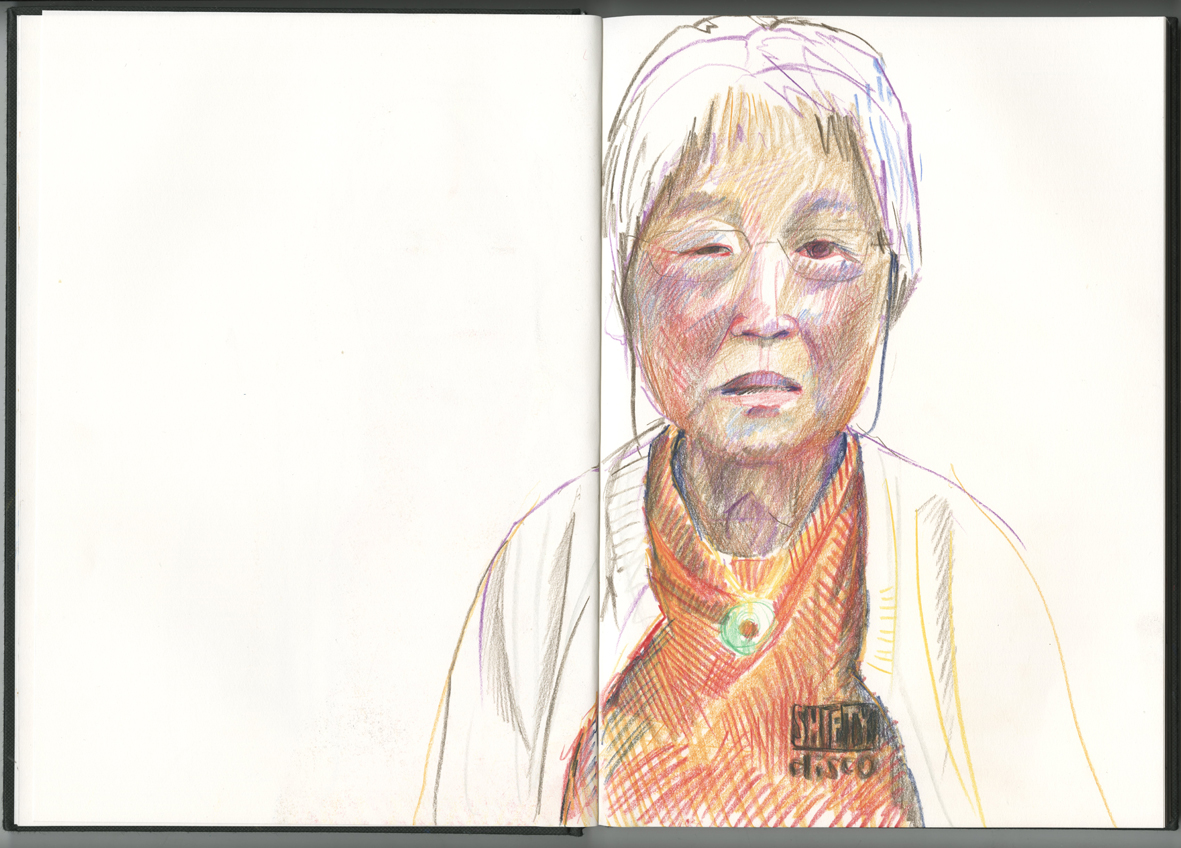 Over the past year, I’ve been hanging out and making a short film portrait (26 minutes) of my parents and their quirks. Mah Soon (dad) and YY (mum) spend their retirement days doing Tai-Chi and body-building, drinking whisky, watching Tarzan and poking fun at each other, until an accident happens that alters their lives deeply.
Over the past year, I’ve been hanging out and making a short film portrait (26 minutes) of my parents and their quirks. Mah Soon (dad) and YY (mum) spend their retirement days doing Tai-Chi and body-building, drinking whisky, watching Tarzan and poking fun at each other, until an accident happens that alters their lives deeply.